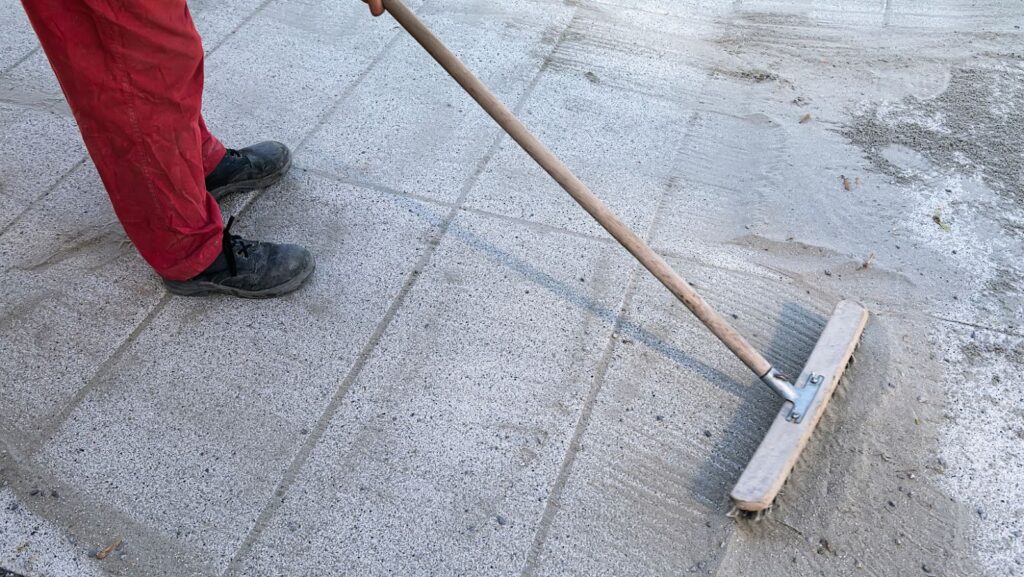
Polymeric sand, also known as joint sand, is a product made up of fine granules of sand and resin. It is used to fill the joints between paving stones, bricks, and other masonry products.
Polymeric sand comes in different colors and can be either clear or tinted to match the surface it is being used on. It is a popular choice for DIY projects and is available at most home improvement stores. There are many different applications for polymeric sand, some of which are listed below.
What is polymeric sand and what are its uses
Polymeric sand is a type of sand that is used in construction and landscaping projects. It is made of a mixture of sand,binders, and polymers. The binders and polymers help to keep the sand together, while the sand provides strength and stability. Polymeric sand is used in a variety of applications, including paver joints, landscape edging, drainage systems, and more. It is also highly resistant to weathering and wear, making it an ideal choice for high-traffic areas.
How to apply polymeric sand
To apply polymeric sand, first wet the area to be treated with a garden hose. Then, fill a bucket with the sand and pour it over the pavers, using a broom to work it into the joints. Once all of the joints have been filled, run a plate compactor over the area to compress the sand and secure it in place. Finally, mist the area with water and allow the sand to dry overnight. With just a little effort, you can have a beautiful patio or walkway that will last for years to come.
The benefits of using polymeric sand in your landscaping
Polymeric sand is a type of aggregate used in landscape construction. It is made of a finely granulated mixture of sand and other binders, such as acrylics or polymers. When activated with water, these binders create a strong bond that helps to hold the sand in place. This makes polymeric sand an ideal choice for use in areas subject to high traffic or severe weather conditions. In addition, polymeric sand can be used to fill joints between pavers and other hardscape elements. When properly installed, it helps to prevent weeds and insect infestation. As a result, polymeric sand can provide a number of benefits for both commercial and residential landscapes.
When to use polymeric sand in your landscaping
It is often used in construction and landscaping projects because it can help to bind materials together and resist moisture damage. However, polymeric sand is not appropriate for every application. In general, it is best suited for areas that receive moderate to heavy foot traffic.
For example, polymeric sand can be a good choice for paving stones or sidewalks. It can also be used to fill joints between pavers or bricks.Polymeric sand is not typically used in areas that receive light foot traffic, such as lawns or gardens. In these areas, regular sand or gravel is a more appropriate choice. Polymeric sand is also not typically used in areas that are subject to large amounts of water, such as swimming pools or hot tubs. The adhesive properties of polymeric sand can break down when exposed to too much moisture. For these applications, another type of waterproofing agent, such as silicone sealant, may be a better option.
Pros and cons of using polymeric sand
Polymeric sand has a number of advantages that make it a popular choice for use in landscaping and construction projects. It is highly resistant to weathering and wear, making it an ideal choice for high-traffic areas. However, there are some disadvantages to using polymeric sand. It is not appropriate for every application, and it can be more expensive than other types of sand. In addition, polymeric sand can be difficult to remove once it has been installed.












